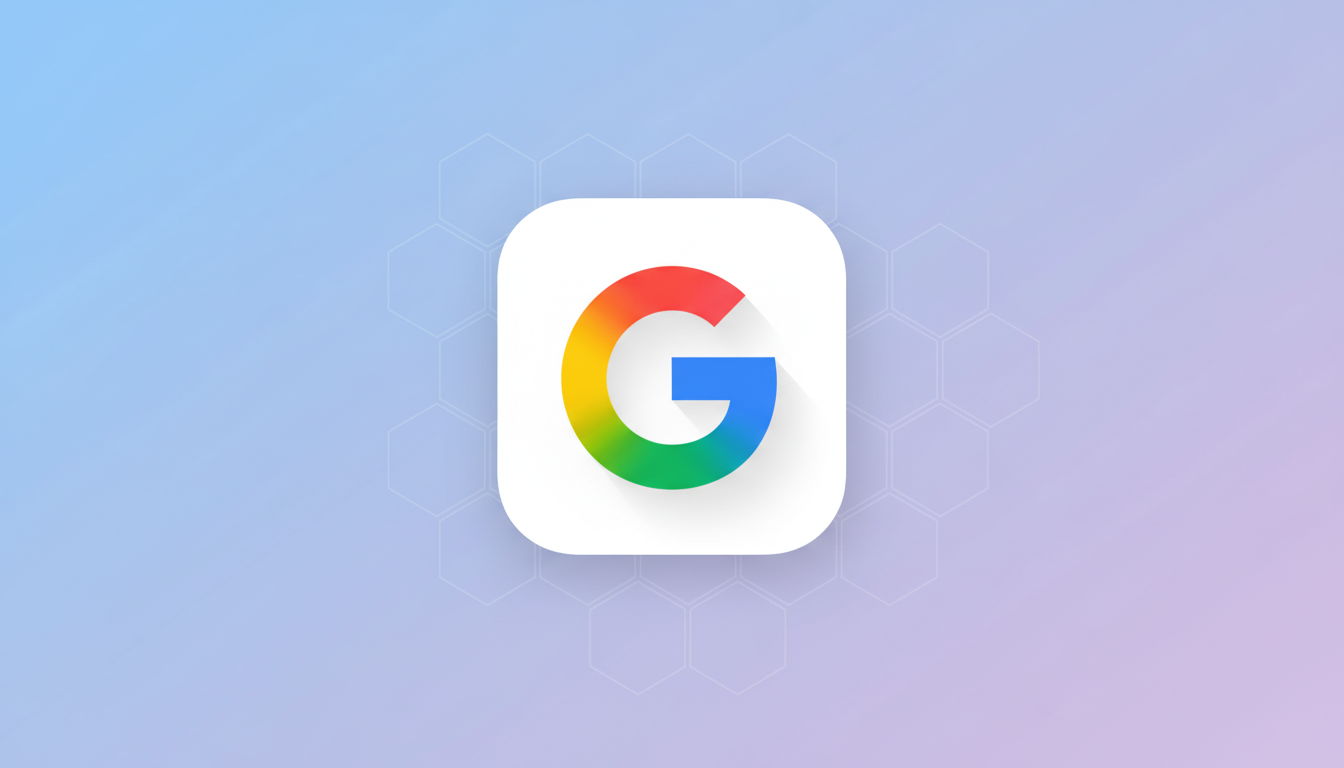Today, Google is experimenting with a more intelligent approach to conversing with its AI-driven Search Live initiative this year. According to an APK teardown of the most recent Google app beta, a new feature called “Interrupt Live responses” is on the way, granting users more power over when voice replies stop talking. The same build hints at live captions for responses and more evident controls for AI Mode in the main search bar, as well as further tweaks to Gemini image markup tools. These features are lurking behind internal flags and might change before release, but together they reveal a straightforward target: make real-time, multimodal search less delicate while remaining directed by the user.
What the APK teardown shows about Search Live
Search Live is Google’s conversational search layer, allowing for real-time vocal or video communication. The beta includes a new setting named “Interrupt Live responses,” which may be seen in the Search Live overflow menu. It enables users to decide if their words will cause the AI’s response to cease immediately.

This setting will prevent you from interrupting a beneficial response that is “paused” by background noise or inadvertently stopping when you utter “wait,” and allows the assistant to finish its statement. The build also offers a customization option for live captions displayed at the underside of the screen while Search Live is speaking. This might be useful in loud locations, help users understand when audio quality is poor, and make written comprehension more available and smoother for those who prefer to follow along.
Why a user-controlled interrupt option matters
Most voice interfaces today default to “barge-in” behavior: the moment you start speaking, they stop. It’s efficient when you need to correct course fast, but it can be frustrating when false triggers or mid-thought clarifications derail an answer. A user-controlled interrupt policy brings the experience closer to natural conversation, where we often let someone finish before we jump back in. This is also relevant as assistants move to full-duplex, always-listening experiences that juggle audio, on-screen context, and camera input.
Voicebot Research has reported that a majority of U.S. adults now use voice assistants, and small quality-of-life improvements can compound at scale. Accessibility is another factor: the World Health Organization estimates that about 1 in 5 people live with some degree of hearing loss, making reliable captions a practical necessity rather than a nice-to-have.
AI Mode placement changes in the main search bar
The teardown also shows a subtle but meaningful change in the main search interface. A plus button to the left of the search bar allows you to attach photos or videos, but instead of automatically switching to AI Mode when you add media, AI Mode now appears as one of its own options in the search bar alongside Gallery and Camera. Enable it, and an AI Mode chip appears under the search bar; tapping “x” returns you to standard search.

This opt-in method decreases surprise context switches and gives users more control over when they want AI-enhanced reasoning versus traditional web results. It’s a small UI tweak that clarifies a user’s intent as Google drives generative features deeper into core search flows.
Gemini image markup refinements and text annotations
Gemini’s image markup capability is also being refined by Google. The feature, which allows users to mark up or draw focus on a portion of an image to concentrate the AI’s attention, is getting clearer—analogous to Circle to Search. In the latest version of Gemini, a tooltip—”Sketch on your image to show Gemini how you’d like to transform it”—suggests markup is for editing or analysis, not just pointing.
A Text option in the markup toolbar has also been introduced, although it does not appear to serve any purpose yet. If added, text annotations will enable users to label areas—”cracked hinge” or “missing screw,” for example—resulting in swifter and more frequent responses when resolving errors, shopping, or organizing.
Release timing, on-device processing, and next steps
There is no official release date, and tools discovered in teardown files often get phased releases or pulled. There is still a trend: more access to real-time interaction for consumers, clearer entry to AI experiences, and more substantial multimodal grounding in Gemini.
There are still unknowns regarding on-device or cloud-based capture and audio captioning, and how these controls will impact future real-time approaches. Google has recently utilized on-device machine learning for functionality such as the Live Caption service on Pixel, and it will be essential to see the extent to which normal users gain from these capabilities. If the new feature “Interrupt Live responses,” or merely enabling live captions in Search Live, leaves beta, the Search Live experience may seem less like a preview and more like a partner that can answer people on their own terms.

